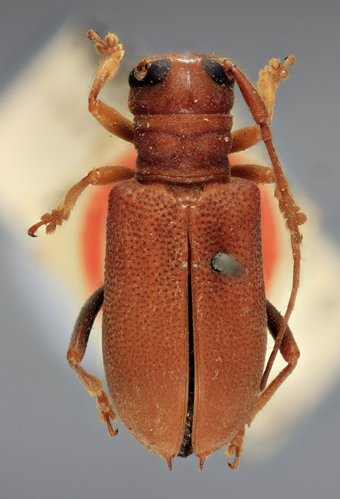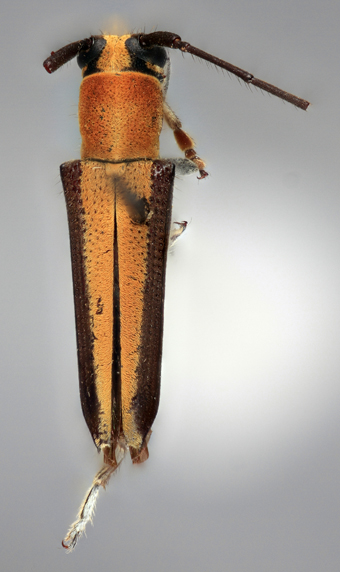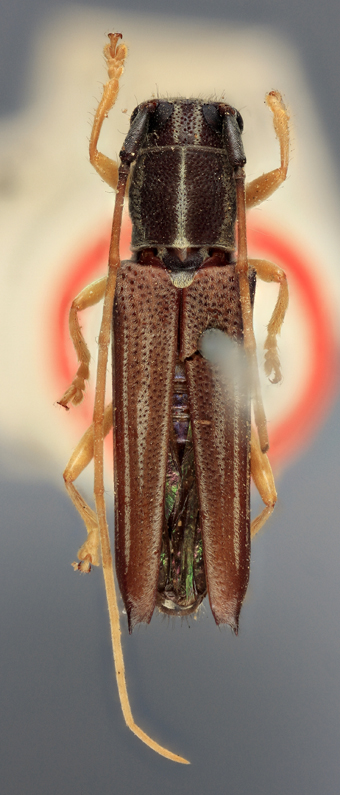|
Saperdini Classification
Selected References to Larvae Specimens
|
 Entelopes wallacei Pascoe, 1857; dorsal holotype specimen Cerambycidae:Lamiinae:Saperdini Photograph © E.H. Nearns  Glenea bangueyensis Aurivillius, 1920; dorsal holotype specimen Cerambycidae:Lamiinae:Saperdini Photograph © E.H. Nearns  Glenea camelina Pascoe, 1867; dorsal holotype specimen Cerambycidae:Lamiinae:Saperdini Photograph © E.H. Nearns All Saperdini exemplar species images |

